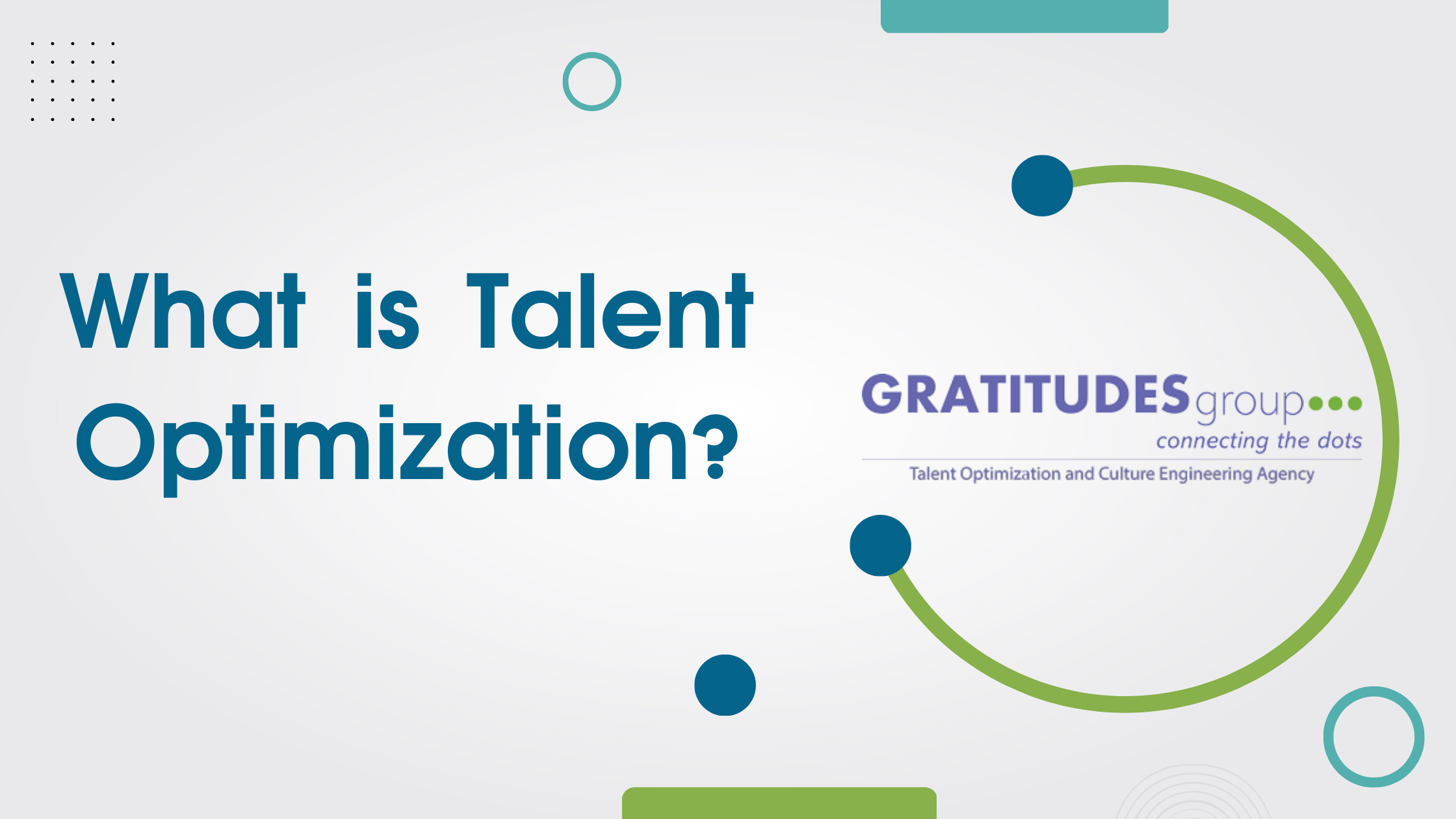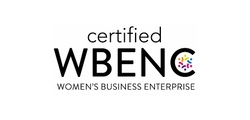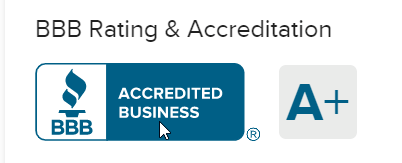You select prospects and hire employees to fill a role at your business. Those chosen give you good reasons to be impressed with their abilities. When new staff come on board, how can their skills be polished to grow business and exceed expectations? How can your employee’s talents be optimized?
What is Talent Optimization?
Talent optimization is the process of aligning a company’s people strategy with its business strategy to achieve optimal performance. It is a set of practices that uses insights driven by data and behavioral science to develop an organization’s talent across the employee life cycle, from recruiting and hiring to developing and retention of employees.
It involves understanding the strengths and weaknesses of your company’s workforce and assessing job requirements. Talent optimization is critical to a company’s success, as it ensures that you have the right people in the right positions, performing the right tasks, and driving the business forward.
What is the Goal of Talent Optimization?
The goal of talent optimization is to create a high-performing, engaged workforce that drives business success. We achieve our goal by understanding the performance qualities of employees and teams, aligning them with the organization’s goals and values, and providing them with the support they need to perform at their best.
How does talent optimization help companies to identify and retain their top performers?
Companies can identify high-potential employees and provide them with opportunities for growth and development by assessing employees’ strengths and weaknesses. Employees given opportunities feel valued and supported and are more likely to stay with their employer.
For example, a software company may identify a developer with exceptional coding skills and provide them with opportunities to lead development projects. While leading projects, the coder would be evaluated based on a variety of skills and traits, including technical expertise, management ability, interpersonal skills, and a growth mindset. This holistic approach to evaluation helps identify employees with leadership potential and provides them with the support and development they need to succeed, which in turn would lead to career advancement and job satisfaction.
Ensuring that the right people are in the right roles leads to increased productivity and improved business outcomes. By understanding the job requirements and assessing employees’ skills and interests, Companies can match employees to roles that suit their abilities through an understanding of job requirements matched with a comprehensive assessment of employee attributes including their skills, interests, motivations, and behavioral, cognitive and emotional intelligence. For example, a marketing agency may have a project manager highly skilled at organizing and delegating tasks, which could make them a good fit for managing client campaigns. Assessment will tell us more and highlight a path forward.
Four Key Steps of Talent Optimization:
Assess
Collect data and analyze the organization’s talent and culture to identify areas of strength and opportunities for improvement. Evaluators conduct employee skills assessments, gather feedback, and review performance data. This provides insights into the strengths and weaknesses of staff and helps identify areas where training and development are needed.
Design
Develop a talent strategy that aligns with the organization’s goals and values, and outlines the actions needed to achieve them. We align people and business strategies by identifying key competencies required to achieve objectives and ensuring that employees have the necessary skills and knowledge to perform in these business areas.
Hire
Attract and select candidates who fit the organization’s culture and have the skills and potential to succeed in their roles. Organizations should use data-driven approaches to assess candidate ability, potential, and cultural fit. Once hired, organizations should invest in onboarding programs that help new employees understand their roles, responsibilities, and how they can contribute to the business’s success.
Inspire
Develop and engage employees by providing them with the tools, resources, and opportunities they need to perform at their best, and creating a culture that supports their growth and development. Successful cultures promote a growth mindset and provide opportunities for learning and development. This includes offering training and development programs, coaching and mentoring, and opportunities for career advancement.
Companies must measure and track the success of their talent optimization efforts. Talent optimization is a continuous process, and requires ongoing monitoring and adjustment to ensure that the organization’s talent strategy remains aligned with its business goals and objectives. Businesses must set performance metrics and regularly review progress against these metrics to ensure goals are achieved.
Talent optimization is a critical process ensuring that companies have the right people in the right roles, performing the right tasks, and driving business success. It helps companies to identify and retain top performers, increase productivity, and improve profitability. To optimize their talent, companies must follow certain steps, including assessing their workforce, aligning people and business strategies, creating a talent optimization culture, and measuring and tracking success. By investing in talent optimization, companies can improve their competitive advantage, increase employee satisfaction, and achieve long-term success.








